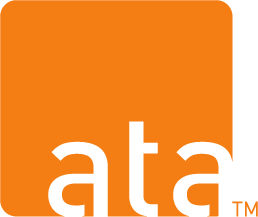The COVID-19 pandemic has accelerated the adoption of telehealth technologies in healthcare, including in the Special Supplemental Nutrition Program for Women, Infants, and Children (WIC). As WIC programs continue to offer telehealth services, telehealth vendors need the support of WIC State Agencies to ensure the success of new solutions. While the implementation of telehealth solutions may seem straightforward, in practice, it can be a complex process that requires thoughtful collaboration and communication between vendors and State Agencies. In this blog post, we discuss the support that WIC State Agencies can provide to telehealth vendors to ensure the success of their technology solutions in WIC programs.
Create multi-year contracts to improve work efficiency
A key area where State Agencies can increase efficiency in their partnerships with vendors is in establishing longer-term contracts. State contract requirements can be quite labor-intensive, can take months to finalize, and impact State Agencies’ ability to plan for sustainability. While considering state procurement requirements and rules, State Agencies should explore whether establishing longer-term contracts is possible. This can reduce the need to recreate the wheel and allow the vendor to focus on the work of supporting solution implementation. As one vendor stated, “…if we create a world, right, with longer partnerships, will help the feeling like you’re not having to recreate the wheel because, you know, state contracts aren’t easy. It’s months’ worth of work and it’s a lot of back and forth…it does take time away from you know (implementation of the work).”
Dedicate staff time to support telehealth implementation
Another important aspect of supporting vendors is ensuring that State Agencies have dedicated staff to support telehealth implementation and have the autonomy to make decisions quickly. Vendors cited issues when staff had to manage telehealth implementation in addition to their day-to-day work. This is especially important for projects that require quick decision-making. Having a team with clear roles, lines of work, and decision-making authority is crucial for the success of the program. As one vendor put it, “When the state staff has been stretched too thin or the person in charge of this type of project has too many other projects it’s just not going to be as successful.”
Ensure continuity in case of State Agency staff turnover
State Agencies should ensure continuity of staff as much as possible throughout telehealth implementation. Vendors recommended establishing a telehealth team, with multiple team members involved in case staff transitions occur. Ideally, vendors said it works best to have the same people involved from project development to the end of initial implementation.
Adopt a stepped rollout approach across local agencies
Finally, a stepped roll-out approach is a best practice for rolling out new technology solutions. Plan a smaller launch or pilot of the new solution rather than implementing the solutions across all local agencies on day one. By taking a stepped approach, State Agencies can ensure a smoother launch and enable the Agency to work out any issues before larger rollout. A stepped approach also allows State Agencies to develop best practices for bringing on additional sites, including plans for training and support.





